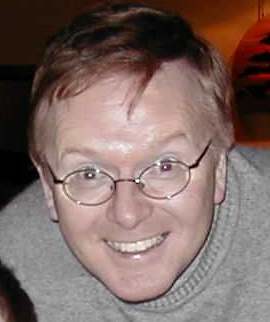"One of the biggest failures of our government at all levels is we have not responded to a problem that has been staring us in the face for decades. We have waited way too long. Time is short, and the baby boomers are getting older." -U.S. Sen. Russ Feingold (D-WI)

When we look back at the first half of the 21st Century, it will not be global warming, nor rising sea levels, nor the loss of the North Atlantic drift that will be the most significant thing in our minds - it will be that we are living in a new kind of society, one with the oldest citizens that has ever existed in the history of mankind. The population over 65 will have doubled, the population over 85 will have quadrupled, instead of five working people for each retired person there will be two. We will be dealing with the fact that only 1% of the 700,000 physicians in the US are trained to work with the elderly.
As Senator Feingold explains and as we see in the Figure above, there will be great demographic changes in the coming years. Between 1995 and 2000, there were 35,320,000 individuals in the U.S. over 65 years. This figure is projected to more than double to over 77,010,000 between 2030 and 2040. During this time, the percentage of the U.S. population over 65 will grow from 12.8% to 20.7%. Even more dramatic is the growth in the oldest population group, aged 85 years and over. In 1990, there were approximately 3,060,000 individuals in this group; by 2000 the figure grew to 4,260,000. By 2050, it is estimated that this category will jump to 18,220,000 individuals (all facts U.S. Census Bureau 2004). Our target market is the largest growing demographic globally.
People are living longer and healthier lives, a mark of success in both public health and medical care. Reports indicate that Americans wish to age at home as long as possible. Residents who felt their home would meet their physical needs were more likely to remain in their current home as long as possible. In response to the preferences of older people and deficiencies in the current housing market, home modifications have been increasing in the United States. Nevertheless, a large gap exists. National data suggests that over 1 million older persons with functional limitations have an unmet need for such features as grab bars, handrails, and ramps (National Alliance for Caregiving & AARP, 2004).
So what does this mean: I believe we have to change the course of current practice to start focusing on non-medical solutions to the aging populations problems. I'll try and develop this idea a little further in the next posting.



No comments:
Post a Comment